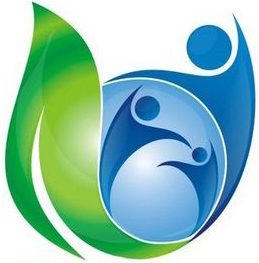*A previous version of this paper was featured in the 2019 HITS- Health Information Technology Symposium
Journal: EClinicalMedicine
Authors: David G. Schwartz, Janna Ataiants, Alexis Roth, Gabriela Marcu, Inbal Yahav, Benjamin Cocchiaro, Michael Khalemsky, Stephen Lankenau
https://www.thelancet.com/journals/eclinm/article/PIIS2589-5370(20)30218-2/fulltext
Abstract
Background
Rapid naloxone administration is crucial in reversing an opioid overdose. We investigated whether equipping community members, including people who use opioids (PWUO), with a smartphone application enabling them to signal and respond to suspected overdose would support naloxone administration in advance of Emrgency Medical Services (EMS).
Methods
This observational cohort study of opioid overdose intervention used a dedicated smartphone app, UnityPhilly, activated by volunteers witnessing an overdose to signal other nearby volunteers in Philadelphia (March 2019 – February 2020). Alerted volunteers chose to respond, or declined to respond, or ignored/missed the alert. Witnessing volunteer was connected to 9-1-1 through a semi-automated telephone call. The primary outcome was layperson-initiated overdose reversal before EMS arrival, and a secondary outcome was hospital transfer. This study is registered with ClinicalTrials.gov, NCT03305497.
Findings
112 volunteers, including 57 PWUO and 55 community members, signaled 291 suspected opioid overdose alerts. 89 (30⸱6%) were false alarms. For 202 true alerts, the rate of layperson initiated naloxone use was 36⸱6% (74/202 cases). Most naloxone-use cases occurred in the street (58⸱11% (43/74)) and some in home settings (22⸱98% (17/74)). The first naloxone dose was provided by a nearby volunteer responding to the alert in 29⸱73% (22/74) of cases and by the signaling volunteer in 70⸱27% (52/74) of cases. Successful reversal was reported in 95⸱9% (71/74) of cases. Layperson intervention preceded EMS by 5 min or more in 59⸱5% of cases. Recovery without hospital transport was reported in 52⸱7% (39/74) of cases.
Interpretation
Our findings support the benefits of equipping community members, potentially witnessing suspected opioid overdose, with naloxone and an emergency response community smartphone app, alerting EMS and nearby laypersons to provide additional naloxone.
Funding
Funding provided by NIH through NIDA, grant number: 5R34DA044758 .
